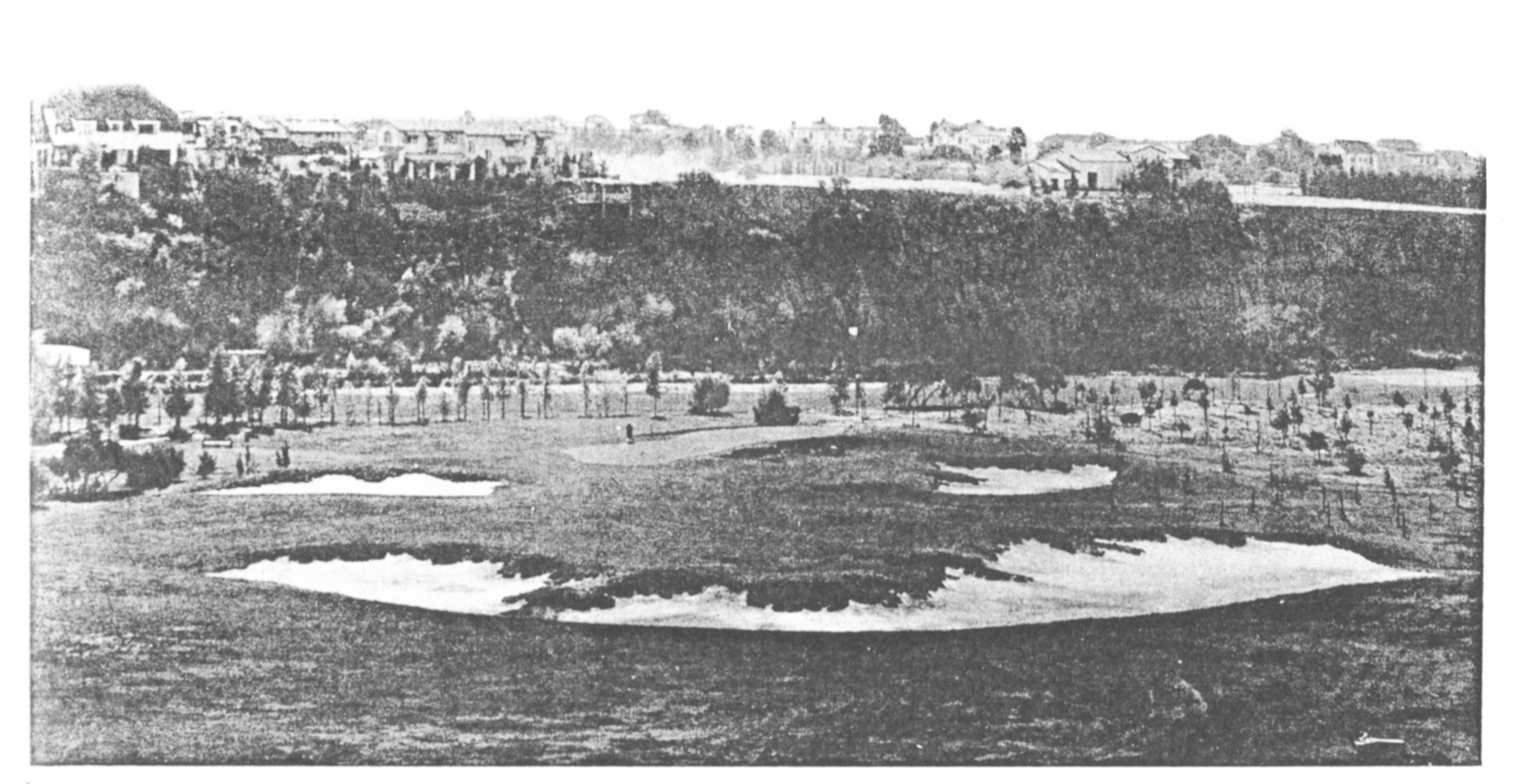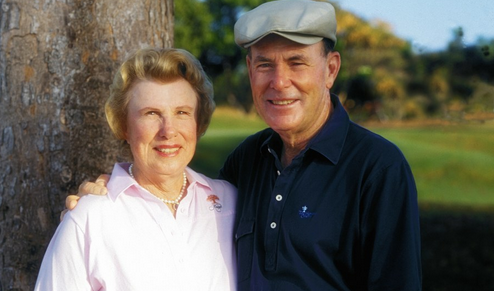Ridley Draws The Line On Distance? No 13th Hole Changes Until Distance Report Arrives
/The predicted (second) lengthening of Augusta National’s 13th hole will not be happening in the summer of 2019 based on Chairman Fred Ridley’s prepared remarks delivered to the media Wednesday.
Read carefully and read between those lines…
It should come as no surprise to any of you that we continue to study other enhancements to the golf course. That includes much‑talked‑about changes, potential changes, to the 13th hole.
Admittedly, that hole does not play as it was intended to play by Jones and MacKenzie. The momentous decision that I've spoken about and that Bobby Jones often spoke about, of going for the green in two, is to a large extent, no longer relevant.
Although we now have options to increase the length of this hole, we intend to wait to see how distance may be addressed by the governing bodies before we take any action.
I think the former USGA president may have just suggested he senses action is coming.
I’m sorry, I interrupted…
In doing so, we fully recognize that the issue of distance presents difficult questions with no easy answers. But please know this: The USGA and The R&A do have the best interests of the game at heart. They recognize the importance of their future actions. You can be assured that we will continue to advocate for industry‑wide collaboration in support of the governing bodies as they resolve this very important topic.
Of course, no resolution has been the stance of the PGA Tour, PGA of America and most major manufacturers, so the idea of a conclusion to the liking of Mr. Ridley and Augusta National would seem to include some form of new distance regulation. Or a new tee that they clearly do not want to add.



































